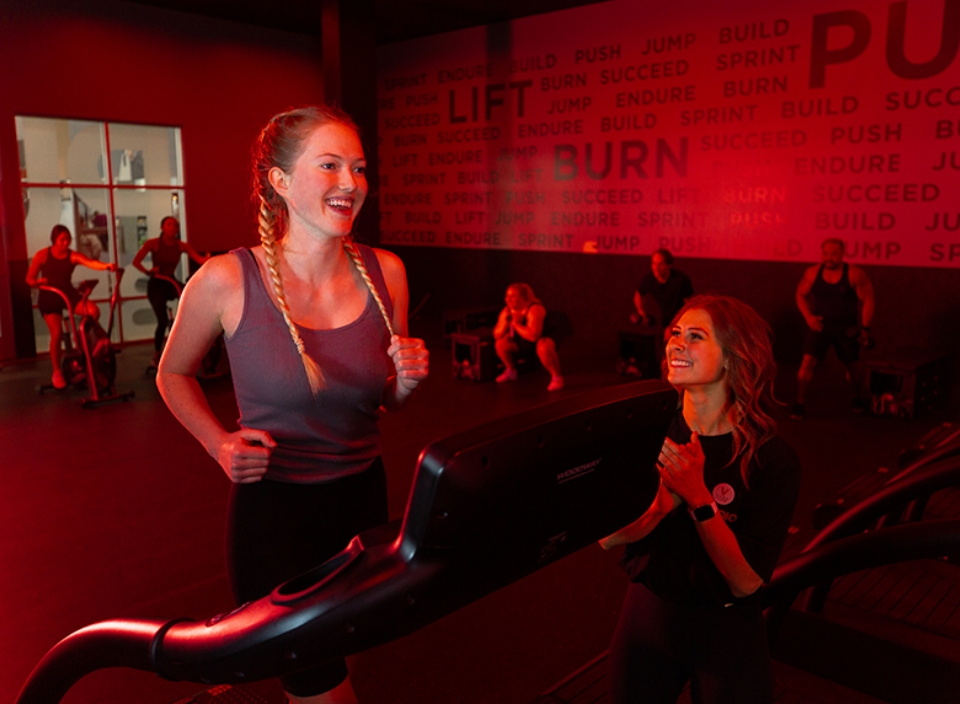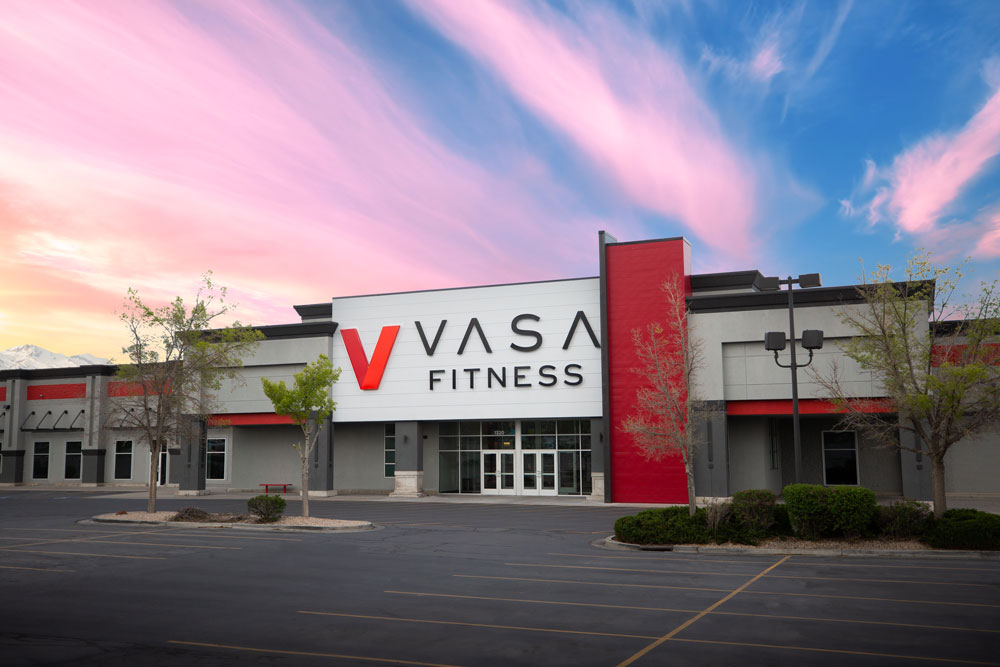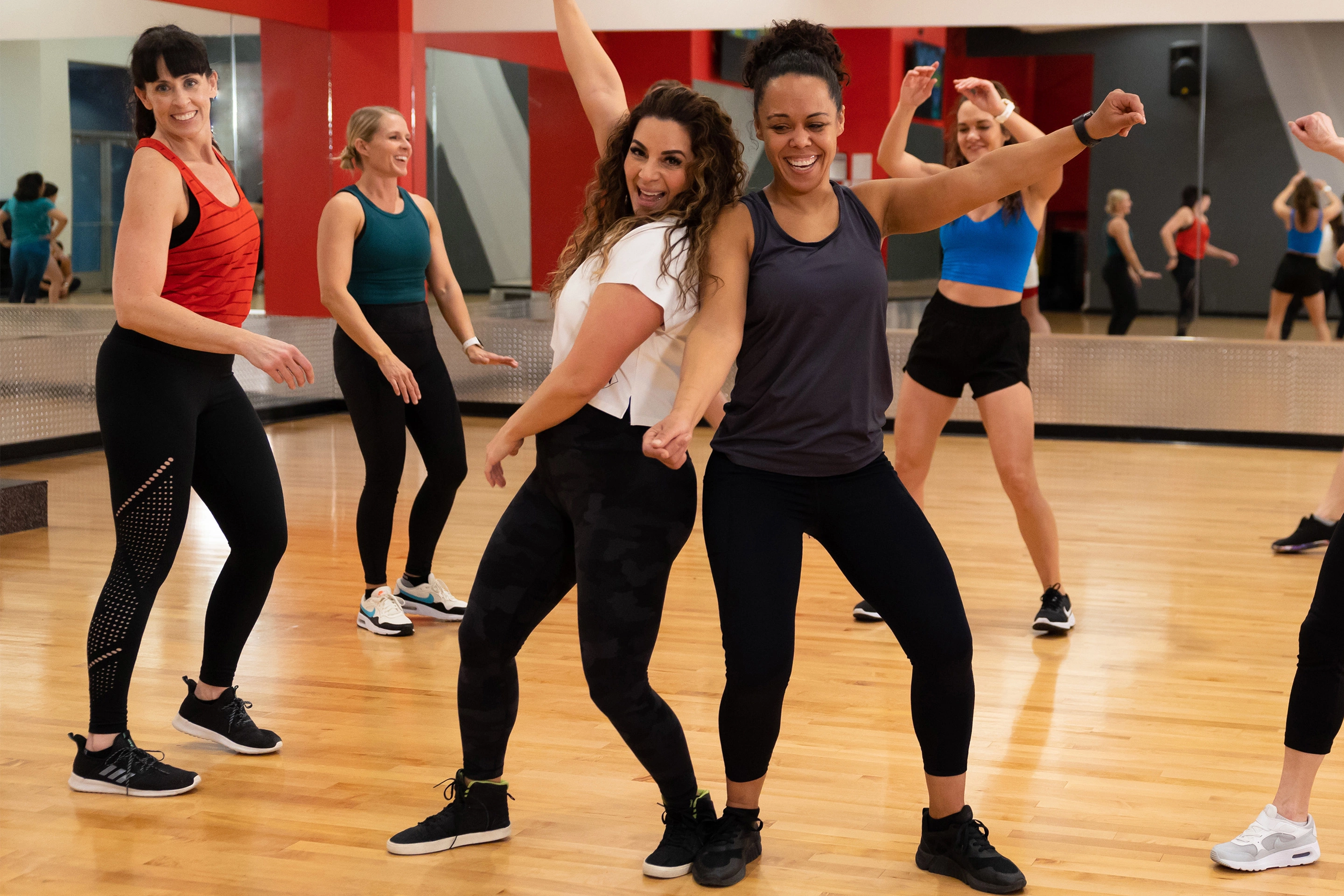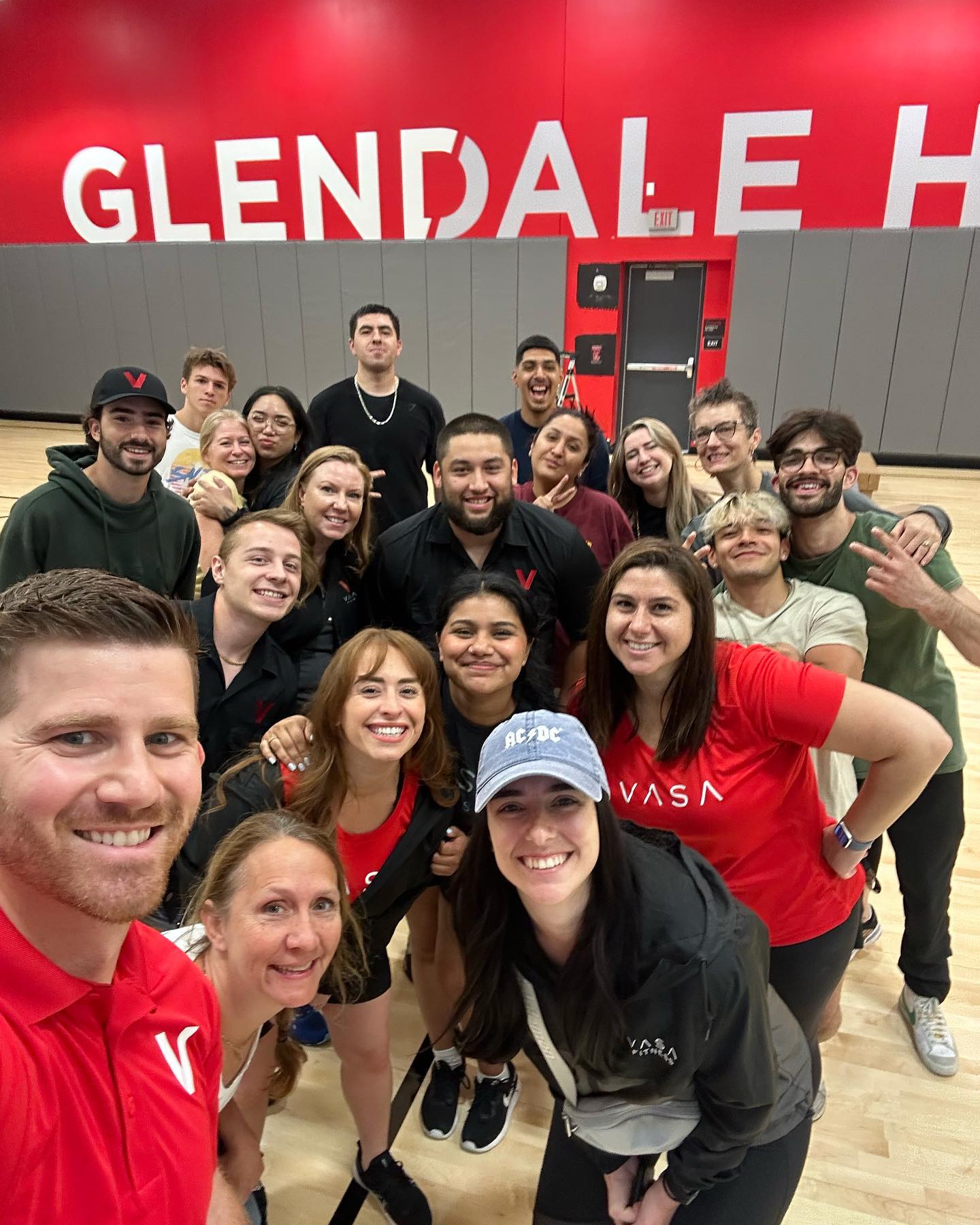Recuperación y descanso: ¿Por qué es importante incluir tiempo de recuperación en un programa de entrenamiento?
La recuperación y el descanso entre entrenamientos intensos son dos de los aspectos más descuidados de las rutinas de fitness. Tu cuerpo es como un coche que necesita repostar con más frecuencia cuanto más rápido o más lejos lo conduces. Si no te tomas el tiempo de parar en la gasolinera, acabarás averiándote al costado de la carretera.
La recuperación permite que el cuerpo se repare y se prepare para futuros entrenamientos. Cuando permites que tu cuerpo se adapte a tu arduo trabajo, te sentirás renovado y rendirás al máximo nivel. Cuando te saltas el descanso y la recuperación, notarás una disminución de la motivación y el rendimiento, lo que indica que necesitas tomarte un descanso. Tomar un día entre entrenamientos duros permite mejorar la condición física. y recuperación mental, que a su vez puede mantener alta tu motivación.
El síndrome de sobreentrenamiento puede ocurrir cuando haces demasiado ejercicio sin darle a tu cuerpo el tiempo suficiente para recuperarse durante varias semanas o meses. Los síntomas del sobreentrenamiento incluyen sentirse cansado todo el tiempo, depresión, pérdida de motivación, falta de sueño, alteraciones del estado de ánimo, un sistema inmunológico más débil y una disminución del rendimiento físico. Por lo general, se necesita aproximadamente el mismo tiempo para recuperarse del sobreentrenamiento que para llegar a ese punto en primer lugar. El mejor enfoque es evitar el sobreentrenamiento siguiendo un programa de ejercicios estructurado que incluya ejercicios de fuerza, cardio, movilidad y recuperación. Este equilibrio puede ayudarte a lograr el éxito a largo plazo, en lugar de solo una solución rápida.

Sueño y nutrición: parte de un programa de ejercicio equilibrado
El sueño y la nutrición son los factores más importantes para recuperarse de entrenamientos agotadores. y prevenir dolores musculares extremos. El adulto estadounidense promedio no duerme lo suficiente y con calidad. Cuando se añaden sesiones de ejercicio intenso a tu programa de entrenamiento, los resultados son difíciles de lograr porque el cuerpo está sobre estresado y no se recupera lo suficiente. Dormir de siete a nueve horas de calidad es importante para la recuperación, ya que es el tiempo biológicamente establecido que el cuerpo necesita para repararse. Por lo tanto, si acortas tu sueño, estás limitando tu capacidad de recuperarte de tus entrenamientos., y Su rendimiento disminuirá con el tiempo.
Comer muchas proteínas también ayuda a recuperarse de los entrenamientos duros. Las proteínas ayudan a reparar y desarrollar tejidos, como músculos y tendones, Por lo general, se daña durante los entrenamientos intensos. También ayuda con otras funciones corporales importantes, como el metabolismo y el equilibrio de líquidos, y mantiene el sistema inmunológico en buena forma. Trate de alcanzar su peso corporal ideal en gramos de proteína. diariamente para conseguir suficiente para ayudar a tu cuerpo a repararse y crecer.

¿Cuántos días de descanso son mejores?
Incorporar días de descanso adecuados a tu rutina de ejercicios es esencial para la recuperación muscular, la prevención de lesiones y la mejora del rendimiento. La cantidad óptima de días de descanso varía en función de la intensidad del ejercicio, el nivel de condición física y los objetivos individuales. Por lo general, se recomienda tomar al menos uno o dos días de descanso por semana para permitir que tu cuerpo se repare y se fortalezca. Es posible que sea necesario tomar días de descanso adicionales para quienes realizan ejercicios de alta intensidad o entrenamiento de fuerza para evitar el sobreentrenamiento y promover el crecimiento muscular. Escuchar a tu cuerpo y ajustar los días de descanso es fundamental; signos como la fatiga persistente o la disminución del rendimiento pueden significar que estás haciendo demasiado ejercicio e indicar la necesidad de descansar más.
Recuperación activa vs. recuperación pasiva
Comprender la diferencia entre recuperación activa y pasiva puede optimizar su rutina de ejercicios. La recuperación activa implica realizar actividades de baja intensidad, como caminar, andar en bicicleta suave o hacer yoga, que mejoran la circulación sanguínea y ayudan a la reparación muscular sin generar estrés adicional en el cuerpo. Este enfoque puede reducir el dolor muscular y mejorar la flexibilidad. Por el contrario, la recuperación pasiva implica un descanso completo, lo que permite que el cuerpo se recupere sin actividad física. Ambos métodos de recuperación son valiosos; la recuperación activa puede ser particularmente beneficiosa después de entrenamientos intensos, mientras que la recuperación pasiva es esencial cuando se experimenta una fatiga significativa o después de sesiones de ejercicio especialmente extenuantes.
Entrenamientos para la recuperación
Los entrenamientos pueden ser usado para la recuperación. El flujo sanguíneo es otro factor importante en la recuperación y se puede lograr con intensidades bajas. Caminar, andar en bicicleta, ejercicios de movilidad con peso corporal y estiramientos hacen que la sangre bombee por todo el cuerpo mientras se mantiene baja la frecuencia cardíaca. Cuantos más nutrientes pueda suministrar la sangre a los músculos, más rápido podrán repararse y, a veces, reducir la sensación de dolor. Las actividades de baja intensidad son una excelente opción si vas a “saltarte” los días de descanso.
Una excelente manera de hacer un día de entrenamiento de recuperación es hacerlo de forma liviana y concentrarse en ejercicios de rango completo de movimiento. A continuación, se muestra un ejemplo de cómo se ve esto:
- Calentamiento: 10 minutos de caminata en cinta o bicicleta (la frecuencia cardíaca se mantiene entre 110 y 130)
- Estiramiento en sofá, 1 minuto por lado
- Estiramiento cruzado torcido, 1 minuto por lado
- Gato Vaca, 2 minutos
- Rotación de columna torácica en cuadrupedia, 1 minuto por lado
- Extensiones de brazos y piernas en posición de perro pájaro, 1 minuto por lado
- Enfriamiento: 20 minutos de caminata en cinta o bicicleta (la frecuencia cardíaca se mantiene entre 110 y 130)
Tomarse un día o dos a la semana para permitir que su cuerpo se recupere, además de dormir bien y comer suficiente proteína, mejorará significativamente su camino hacia la buena forma física. Si no está seguro por dónde empezar, FLUJO DE ESTUDIO El yoga por infrarrojos es una excelente opción para los entrenamientos de recuperación. El calor de los paneles infrarrojos suavemente calienta el cuerpo para promover el flujo sanguíneo, y las clases de estiramiento profundo o restauración te ayudan a aprovechar rangos completos de posiciones de movimiento a intensidades bajas para que estés listo para tu próximo entrenamiento.
SUSCRÍBETE A NUESTRO BLOG
¡Introduce tu email para empezar a recibir nuestros emails del blog!









